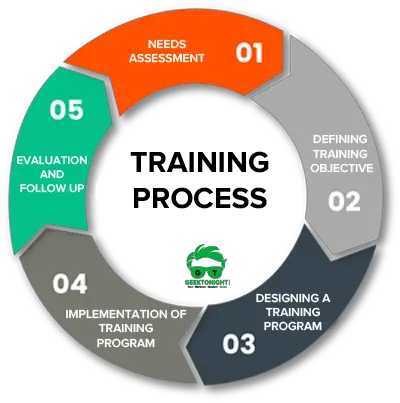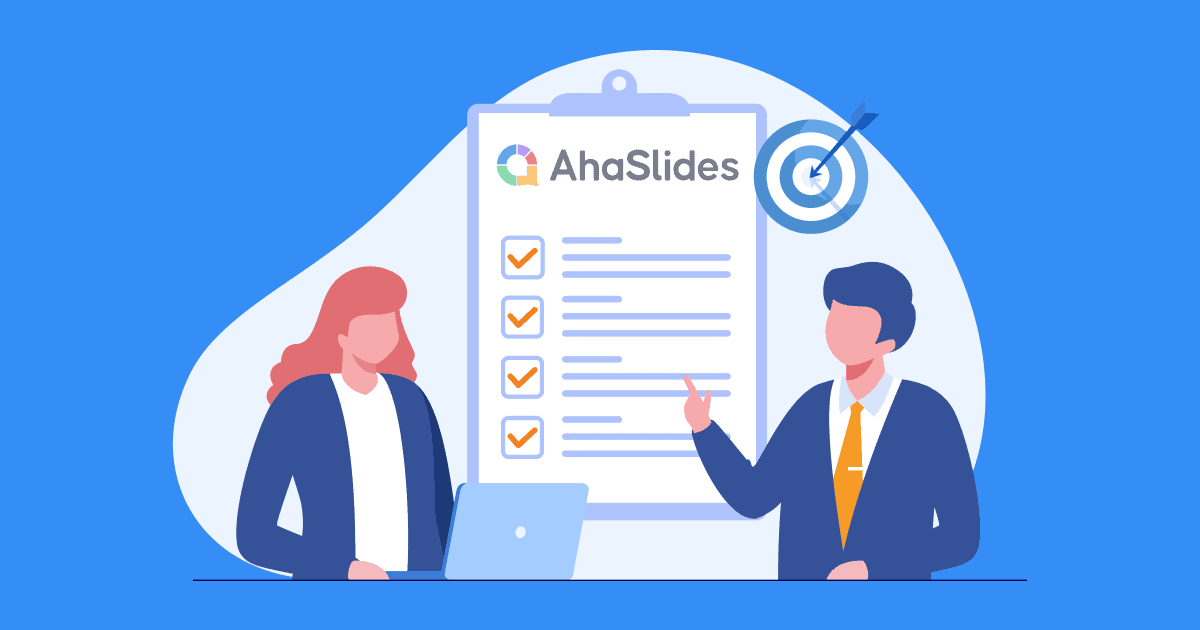Training and development in HRM is a vital aspect of any organization. It involves providing employees with the necessary skills and knowledge to perform their roles effectively and efficiently.
The primary purpose of training and development in HRM is to enhance job performance and increase productivity. In today's fast-paced business environment, the need for continuous learning and development is more important than ever before.
In this article, you'll learn a range of key points that help you reshape and make changes to traditional perspectives of Training and Development in HRM, and look for new ways to develop talent strategies and build more successful and effective training and development planning.
Tables of Contents
- Importance of Training and Development in HRM
- Differences between Training and Development in HRM
- The Role of HR in Training and Development
- 5 Processes in Training and Development
- Examples of Training and Development in HRM
- Measure The Effectiveness of Training and Development
- Bottom Line
- Frequently Asked Questions

Importance of Training and Development in HRM
One of the most significant benefits of training and development in HRM is that it leads to better employee retention. Employees who receive training and development opportunities are more likely to feel valued and appreciated by the organization, which leads to increased job satisfaction and loyalty. Additionally, training and development can help to reduce turnover rates by providing employees with the necessary skills to advance their careers within the company.
Another significant benefit of training and development in HRM is that it can lead to increased profitability. By providing employees with the necessary skills and knowledge to perform their jobs effectively, organizations can increase productivity and reduce errors and inefficiencies. This, in turn, can lead to increased revenue and profitability for the business.
In addition, training and development in HRM can also help to improve the overall organizational culture. When employees feel supported and valued through training and development opportunities, they are more likely to be engaged and motivated in their job roles. This can lead to a positive and productive work environment, which can ultimately benefit the organization as a whole.
Differences between Training and Development in HRM
Training and Development are both critical components of HRM that play a significant role in the growth and development of employees. It is essential to understand the fundamental differences between the two, so that HR can develop more suitable and useful training programs.
Training in HRM is a short-term process that is designed to impart specific skills and knowledge to employees. It is usually focused on improving the job performance of employees in their current roles. The aim of the training is to enhance the capabilities of employees and help them perform their jobs more efficiently. It is often delivered through workshops, lectures, and on-the-job training.
On the other hand, Development in HRM is a long-term process that is designed to develop the overall capabilities of employees. It is a process of continuous learning and growth that focuses on developing the potential of employees for future roles. The aim of development is to prepare employees for future opportunities in the organization. It is often delivered through coaching, mentoring, job rotation, and other developmental programs.
The Role of HR in Training and Development
By supporting employee development and helping them reach their highest potential, HR plays a key role in building a strong and capable workforce that can contribute to the success of the organization.
HR is responsible for identifying the development needs of employees by analyzing their job performance, assessing their skills and competencies, and considering their career goals.
They also communicate with employees about the available opportunities, coordinate training sessions, provide support and persuade employees to participate in development activities.
In addition, HR is responsible for career planning and development programs for employees via providing career development support to employees by helping them to identify their career goals, providing guidance on career paths, and offering resources and support to help them achieve their career aspirations.

5 Processes in Training and Development
- Identifying training needs, this process aims to assess the skills and knowledge gaps within the organization and identify the training needs to address these gaps.
- Developing training programs is the next step to focus on developing and customized training programs that address the identified training needs. This involves selecting appropriate training methods, materials, and resources.
- Delivering training programs process refers to select types of business training, which can be done through various methods such as in-person workshops, online training modules, or on-the-job training, mentoring, coaching, and beyond.
- Evaluating training effectiveness: It is important to evaluate the effectiveness of training programs in terms of employee performance improvement and the impact on organizational goals. This involves assessing the training outcomes, identifying areas for improvement, and implementing changes as needed. Details of measurement items are described later.
- Follow-up and reinforcement are the final step, which involves providing ongoing support and reinforcement to employees after the training has been completed. This can include coaching, mentoring, and additional training as needed.
Examples of Training and Development in HRM
Here are several types of training in HRM that most companies offer:
Onboarding Training
This type of training is designed to introduce new employees to the organization's culture, values, policies, and procedures. Onboarding training may cover topics such as workplace safety, company policies, and employee benefits.
Skills Training
This type of training is focused on developing specific skills that employees need to perform their job responsibilities effectively, it can be functional, technical, or soft skills. Examples of skills training include technical training for IT staff, sales training for sales representatives, and customer service training for front-line employees.
Leadership Development
This type of training is designed to develop leadership skills in employees who are in or are being prepared for leadership roles. Leadership development programs (Or the Personal development programs) involve improving insight and skills of communication, team building, and strategic planning.
Compliance Training
This type of training is focused on ensuring that employees understand and comply with legal requirements and industry regulations. Compliance training may cover topics such as harassment prevention, data privacy, and workplace safety.
Diversity and Inclusion Training
The goal of this training is designed to help employees understand and appreciate differences among people from different backgrounds and to promote inclusivity in the workplace. Diversity and inclusion training may cover understandings about cultural diversity, genders, sexuality, religions, and beyond.

Measure The Effectiveness of Training and Development
Measuring the effectiveness of Training and Development in HRM is an important step as mentioned before. Here are five basic KPIS to evaluate whether your training is reaching employees, whether they are engaging with the content and have certain achievements.
Employee performance
Measuring improvements in employee performance after training can be an effective way to evaluate the effectiveness of training programs. This can be measured by analyzing changes in key performance indicators (KPIs) such as productivity, quality of work, and customer satisfaction.
Employee engagement
Employee engagement is a significant indicator of the effectiveness of training and development programs. This can be measured by employee satisfaction surveys, feedback forms, or focus group discussions. Using innovative and collaborative survey tools like AhaSlides can help increase the response rates.

Retention
Measuring the retention rate of employees who have undergone training and development programs is another important KPI. This can be measured by analyzing employee turnover rates before and after the training program.
Therefore, on-the-job training programs play a very important role!
Cost-effectiveness
It is important to measure the cost-effectiveness of training and development programs as it ensures that the organization is getting the most value for its investment. This can be measured by analyzing the cost of training per employee and comparing it to the benefits gained from the training.
Return on Investment (ROI)
Measuring the ROI of training and development programs is critical in determining the overall effectiveness of the program. This can be measured by analyzing the financial benefits gained from the training program and comparing it to the cost of the program.
Bottom Line
Regardless of the industry you are in, it is undeniable of maintaining and promoting regular training with long-term development plans for both fresh and experienced employees. In an ever-changing business environment, to go ahead with competitive advantages, there is no way better than investing in people, in other words, employees' training and development.
Frequently Asked Questions
What are the differences between training and development?
Training and development are related but distinct concepts within the Human Resource Management (HRM) field, as it differentiates between training and development, including the purpose, time frame, scope, focus, methods, outcomes, measurement and timing.
What are the needs of training and development in HRM?
Training and development are essential components of Human Resource Management (HRM) and are critical for both individual employee growth and the overall success of an organisation, as it help to enhance skills for employees to adapt the technology advances, compliance and regulatory requirements, to improve performance, open up career development and also to encourage employee engagement.
What is the training and development in HRM?
HRM Training and Development is a process of educating and developing employees towards an appropriate career path, which promotes better personal well-beings, as it's benefiting organization growth








